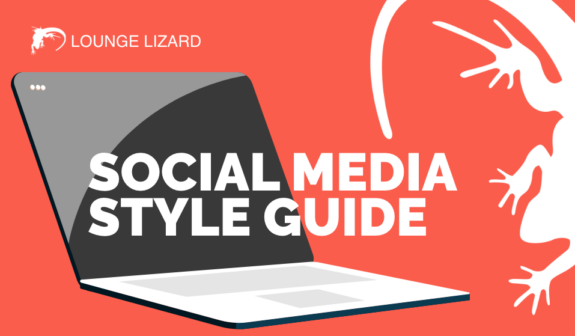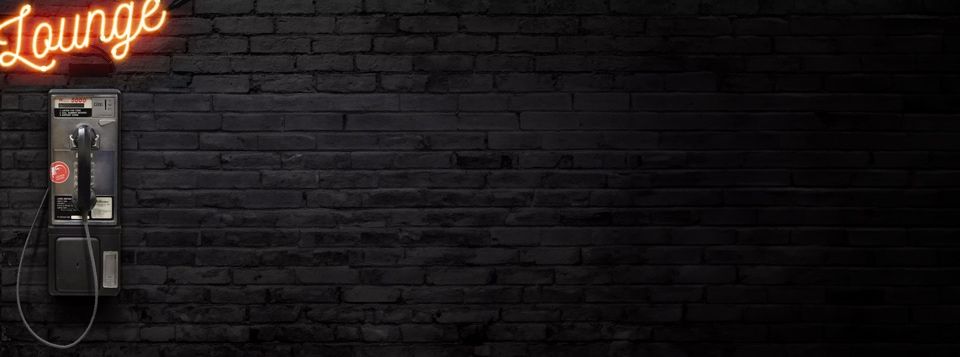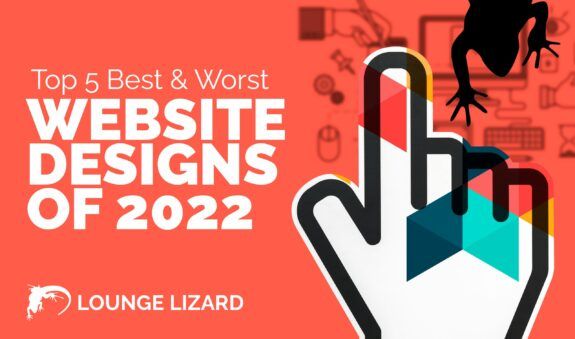Social Media Style Guide

What Exactly Is It and How Do You Create One?
Today, it sounds enticing to use social media and social media marketing as a way to advertise your company. All you have to do is join a couple of social networks, post some savvy content, and people will flock to your site to buy your products or services, right?
Not so fast! To build an effective social media marketing strategy, you want to develop a strong tool that helps guide your marketing team when interacting with potential customers online — a Social Media Style Guide.
To differentiate the two — your social media strategy should define your brand voice, detail your social media marketing goals, how you plan to meet those goals, and outline the analytics and metrics you want to use to track your results. A style guide outlines the type of content you plan to use, the look, and voice and tone of that content, and how and when it is shared.
Most importantly, it provides a set of guidelines that will create a cohesive presence for your social media team. Consider it a set of rules that defines your overall company persona when interacting with the public on any and all forms of social media from LinkedIn to Instagram to TikTok.
Social Media Guidelines for Brands
Let’s talk about brands!
First, a brand is an intangible concept that describes your company or organization and its product or service and distinguishes it from other similar products or services. When you define your brand, you want to consider your company’s personality, qualities, and target audience.
As arguably the ‘Father of Advertising’, David Ogilvy, said, “A brand is an intangible sum of a product’s attributes: its name, packaging, and price, its history and reputation.”
Once you understand your brand voice and thoroughly flesh out your brand strategy, then it’s time to develop your social media branding guidelines.

Brand Social Media Guidelines
Before we set about discussing the media style guide itself, let’s talk about the guidelines you want in place that will inform the style guide. These are the elements that define your brand and will continue into the future indefinitely as part of your cohesive brand identity.
This will include the visual content elements that are a part of your bigger marketing strategy and will ensure consistency through any type of content, including your website design, printed collateral, logo development and use, and as an overall branding effort. You will often hear these elements referred to as a ‘corporate style guide’.
These include:
- Mission Statement that sets the tone for the message you want to convey.
- Buyer persona or target audience — who do you want to reach? And why?
- Brand colors define the visual representative of your company
- Brand fonts
- Imagery guidelines that convey your brand message
- Logo and its use
- Overall brand voice and tone
- Editorial style guidelines that will dictate everything from website content to PR and news releases
From here, you have the blueprint that will provide the model for your overall social media presence and will help you create a consistent voice across all social media channels.

How to Create a Social Media Style Guide
When you create your social media branding guidelines, you want to consider two aspects to develop the best style guide for social media.
First, you want your social media brand style guide to be general when discussing the overall look, voice, and feel of your social media content as well as how you post and follow up your content.
And second, you want to define specifics as they relate to each of the social media platforms that you choose to participate in, e.g., Facebook, Twitter, medium.com, Reddit.
Remember to include the following to further guide and motivate your social media team:
- Successful social media style guide examples from other companies:
- As an example, Wendy’s has taken snark to a whole new level. There Twitter account is the gold standard for customer engagement and their numbers continue to grow.
- Social media style guide samples that have worked for your company in the past:
- If you are just diving into social media, then compile a samples guide as you go.
- If you have been utilizing social media for some time, pick two or three examples of a top notch campaign that worked well and maximized engagement or sales.
Creating a Style Guide for Social Media Accounts
Your social media style guide should be a working document where you can add or change things as technology changes or as social media platforms become more or less effective. However, remember that what is posted on social media never goes away.
Your new style guide should include:
Brand Voice
We’ve talked about brand voice as it relates to your overall brand strategy, but your style guide for social media should include the voice you want to use that crystalizes your social media style and persona.
As an example:
SOCIAL MEDIA BRAND VOICE: Upbeat and playful using genuine and approachable humor. Responses to comments and inquiries are always positive, upbeat, and optimistic. Avoid sarcastic tones and being critical of other brands. Puns can be used as long as they are clever or timely.
A good example would be:
Too arrogant: “We knocked that out of the park. Our customers are lucky to have us.”
Too weak: “We hope our latest feature is helpful.”
Perfect tone: “We heard the comments and want to announce our latest release.”
Social Media Profiles
Each social media platform is laid out differently. Twitter only allows 150+ characters, while Instagram is image based (and moving toward being more video based).
Beyond that, every platform has a different audience. LinkedIn and medium.com tend to attract professional businesspeople who are interested on networking and forming connections. TikTok and Snapchat tend to have a much younger audience that is attracted to the video format and the trendy influencers.
Once you find your sweet spot on which platforms to access, it’s important to create profiles for each. Your profiles should outline the specifics of each site along with any helpful tips.
Inclusive Language Guidelines
We can’t stress this enough. Inclusive language and accessibility are more important than ever. Upsetting or alienating a group of potential customers is always a bad idea. An example: craftsmen vs craftspeople.
Post formatting
For a uniform look and ease of content generation, we recommend you adopt formatting guidelines for each of your social media platforms.
For example, if you post on Twitter, you may want to define your posts with a headline, body of text, link, and hashtag(s). For Instagram, you may want to define the length of the comments and how many hashtags you will use.
By predefining the format to use with each media type, your social media team can create content that will ensure consistency across the internet.
Grammar/Punctuation
Grammar and punctuation are just as important on a quick social media post as it is in a white paper or case study that’s posted online or submitted for review. Think of it as a billboard or outdoor ad space — you would never allow an ad that used bad grammar or lacked appropriate punctuation to be put someplace where everyone who passes by could see it.
Same should go for all social media posts. It looks sloppy and sends the wrong message to potential new customers.
Visual Guidelines
From TikTok to Reels on Instagram and Facebook to YouTube, videos are the prime form of communication on social media posts today. Some even say that still images are a thing of the past.
You may want to have an entire subsection that’s devoted as a social media visual style guide to outline accepted video imagery.
Multimedia Usage
Everything from photos to videos to graphics and GIFs should be cataloged with its use defined in some easy-to-access system.
As an example:
- Define a plan for type of media to be used on each platform
- Keep diversity front of mind when choosing images
- Adhere to brand guidelines for colors and fonts
- Use appropriate formats for each platform when possible.
Today, many companies create an asset library where they house their various images so that they can be easily accessed and kept straight for multiple users.
Hashtag and Emoji Usage
Outlining the use of hashtags and emojis will curtail any team member from over or under using these valuable tools. When it comes to hashtags and emojis, sometimes less is more.
As an example, emoji usage can be defined as follows:
- Place emojis at the end of a line and avoid placing them in the middle of a sentence.
- Avoid emojis when discussing anything professional or on sites like LinkedIn.
- Use when there is limited space (such as on Twitter) to communicate information or emotion.
- Use in comments and replies as a friendly gesture.
Breaking News
Develop a strategy to respond to breaking news, especially when it massive and affects lives, like a hurricane or earthquake, or if it affects your community. Even a simple message to wish the victims a speedy recovery is seen as a kind gesture that humanizes your organization. Just be sure it is genuine and heartfelt.
Competitor Posts
Some companies have good natured sparring that goes on between competitors (think Wendy’s and Burger King on Twitter). However, be sure you understand the implications before participating in this type of conversation — it can go wrong in a hurry.

Best Social Media Style Guide Practices
When creating the best style guide for social media, there are two last considerations that should also be included:
Responding to Comments and Questions
A critical piece of a successful social media campaign is to engage with respondents on every platform. Afterall it’s why you posted in the first place.
Answering questions and responding to comments is a great way to convert people to customers.
Legal Concerns
Be sure your style guide outlines how to stay within legal constraints and when not to engage with people. Your team will appreciate the knowledge.
Contact Lounge Lizard to learn more social media or for help in writing your company’s social media style guide.






